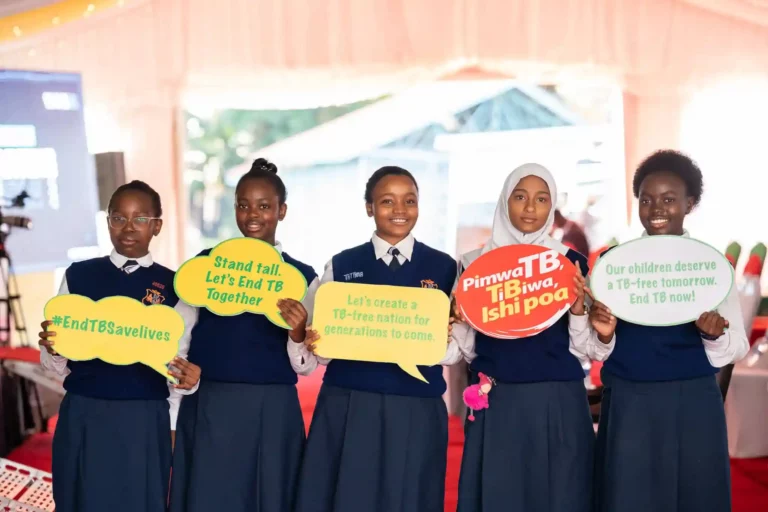The World Health Organisation (WHO) Director-General, Dr. Tedros Adhanom, has made a compelling call to eliminate the stigma associated with leprosy, also known as Hansen’s disease.
In a joint statement with WHO’s Goodwill Ambassador for Leprosy Elimination, Mr Yohei Sasakawa, and Dr Tedros emphasized the urgent need to address the social and psychological barriers that prevent people from seeking treatment for this preventable disease.
The stigma surrounding leprosy is a pervasive issue that contributes to hesitancy to seek diagnosis and treatment, putting individuals at risk of disability and perpetuating the spread of the disease.
Leprosy, a chronic infectious disease affecting the skin and nerves, is caused by bacteria that spread through close contact with an untreated person. With early detection and multidrug therapy, leprosy is curable and can be prevented from causing irreversible disabilities.
In a significant step towards combating leprosy, 24 countries have adopted SDR-PEP, an effective treatment that reduces the risk of developing the disease after exposure. Additionally, at least 14 countries are on the verge of eliminating leprosy transmission, having recorded zero new cases in the past five years.
Global statistics from the World Health Organization reveal 9,554 new cases of leprosy in 2022, with 278 occurring in children. While treatment is readily available and halts contagiousness, stigma continues to hinder efforts to eliminate the disease.
Dr Tedros acknowledged that “medical interventions alone are not enough to achieve a world free of leprosy and the problems it causes.” To fully eradicate leprosy, we must address the social and psychological aspects of the disease.
Leprosy Prevalence Rates in Africa
Data from the World Health Organization demonstrates that some African countries still have high leprosy prevalence rates.
Epidemiology of Leprosy in Kenya
Kenya aims to reduce the proportion of multibacillary leprosy cases among new cases from 95% to less than 25% by 2028, as part of its National Strategic Plan (NSP) for Tuberculosis, Leprosy, and Lung Health 2023/24-2027/28.
Kenya achieved the WHO elimination target of less than 1 case of leprosy per 10,000 people in 1989, but the disease remains a public health concern in some regions.
According to the National Tuberculosis, Leprosy, and Lung Disease Program (NTLD-P), sporadic cases have also been reported in non-endemic counties.
Most of the cases (90%) are of the multibacillary type, which is the most infectious and severe form of leprosy.
Late Diagnosis: A Cause for Concern
In 2021, 14.2% of the 109 notified leprosy patients had grade 2 disability, indicating visible deformities or damage to the eyes, hands or feet This suggests a late diagnosis, which can increase the risk of transmission and severity of the disease.
Out of the 161 cases reported in 2019, 83% were released from treatment, 6% were lost to follow-up, 2% died, 6% transferred out, and 2% were yet to complete treatment.
The NSP seeks to increase the coverage of TB preventive treatment, which can prevent the development of TB disease in people who are infected or exposed to TB bacteria, from 32% in 2021 to 80% by 2028, reaching more than 681,000 people at risk of TB.




